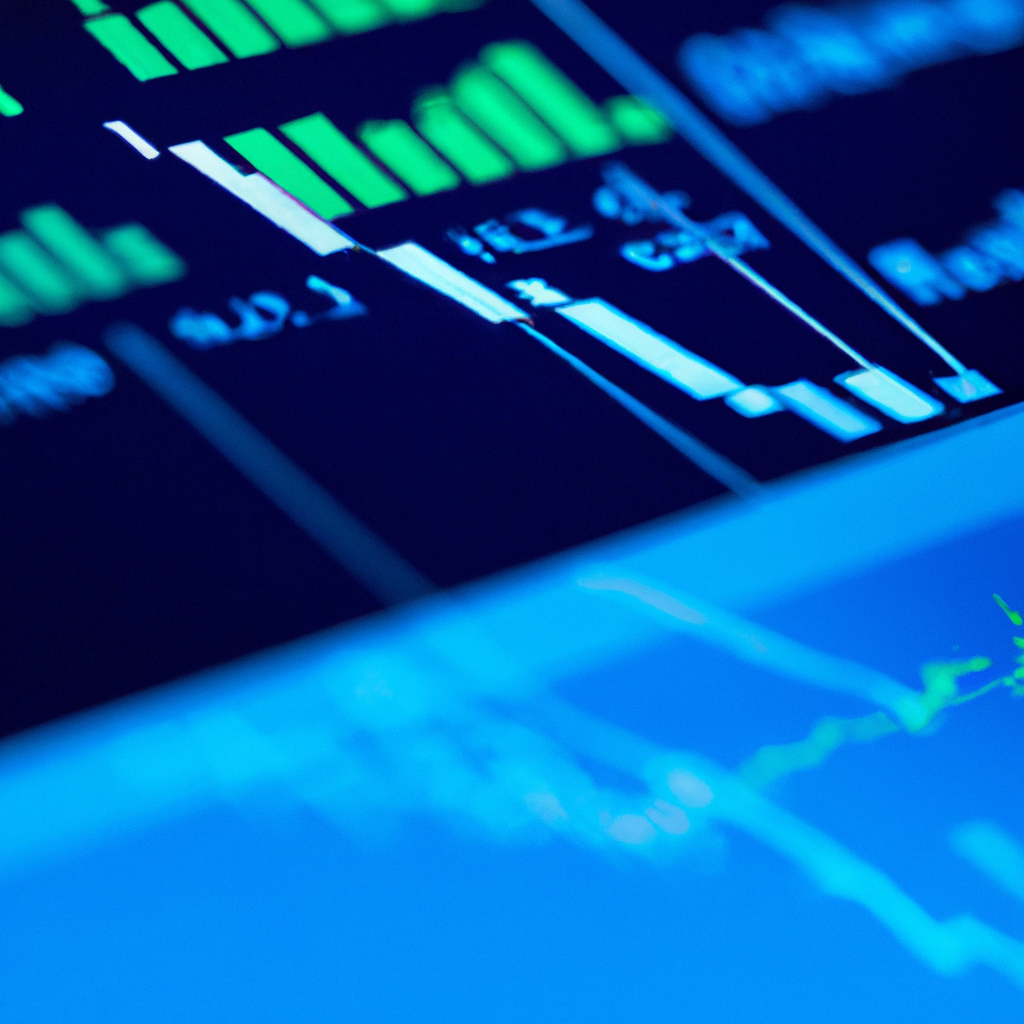
A Comprehensive Guide to Stock Market Futures Analysis
Understanding Stock Market Futures
Before diving into futures analysis, it’s crucial to understand what stock market futures are. Essentially, these are financial contracts obligating the buyer to purchase an asset or the seller to sell an asset at a predetermined future date and price. The asset could be physical commodities or financial instruments. In the context of the stock market, futures are typically focused on indices or stocks, providing a predictive lens on market trends and potential price movements.
The Significance of Futures Analysis
Futures analysis plays a pivotal role for traders and investors, offering insights into market sentiment, potential price movements, and broader economic trends. By analyzing futures contracts, investors can make informed decisions, hedge against market volatility, or capitalize on expected market movements. This analysis involves examining various indicators, including trading volumes, open interest, and price movements.
Open Interest
Open interest indicates the total number of outstanding futures contracts that have not been settled. For traders, a rising open interest suggests that the market is strengthening, while a declining open interest indicates a weakening market. This metric is often used alongside price to predict future market movements.
Trading Volume
Volume is another critical factor in futures analysis. It represents the number of contracts traded within a specific period and is used to gauge the strength of a price movement. High volumes suggest a high level of participation, which can confirm trends and forecast future price movements more accurately.
Technical Analysis in Futures Trading
Technical analysis involves studying past market data, primarily price and volume, to forecast future market behavior. This approach is widely used in futures trading for several reasons.
Chart Patterns
Traders often use chart patterns to identify potential market trends and reversal points. Patterns such as head and shoulders, triangles, and flags can indicate continuity or change in market directions, assisting traders in making buying or selling decisions.
Technical Indicators
There are numerous technical indicators that futures traders employ to analyze market conditions, including moving averages, Relative Strength Index (RSI), and Moving Average Convergence Divergence (MACD). These indicators help in identifying trends, momentum, and potential reversal points in the market.
Fundamental Analysis in Futures Trading
While technical analysis focuses on charts and patterns, fundamental analysis dives into economic indicators, market conditions, and political events that could affect the supply and demand of the underlying assets, impacting their future prices.
Economic Indicators
Economic releases such as GDP, employment rates, and inflation play a significant role in shaping market sentiment and influencing futures prices. A strong economic indicator may boost investor confidence, leading to bullish market behavior, whereas weak indicators can result in bearish trends.
Geopolitical Events
Events like political instability, elections, and international conflicts can have immediate effects on market sentiments and, subsequently, on futures prices. Understanding the potential impact of these events can be crucial for futures market participants.
Conclusion
Stock market futures analysis is a multifaceted approach that combines understanding market sentiment, technical patterns, and fundamental indicators. Whether through the lens of technical or fundamental analysis, the goal remains to predict market movements and make informed decisions. Given the complexity and risks involved, successful futures trading requires continuous learning, experience, and a keen eye on both market-specific and broader economic indicators.

